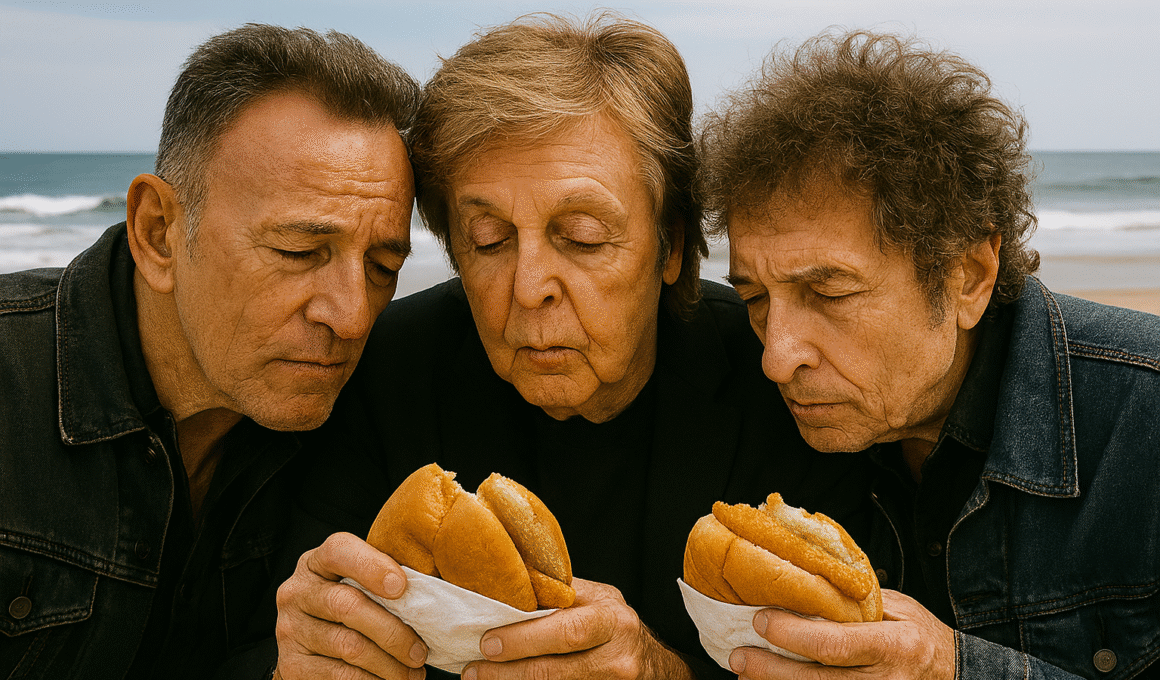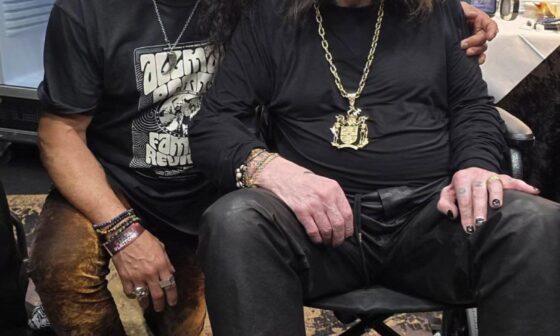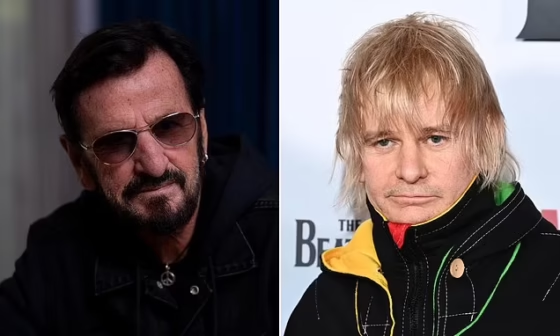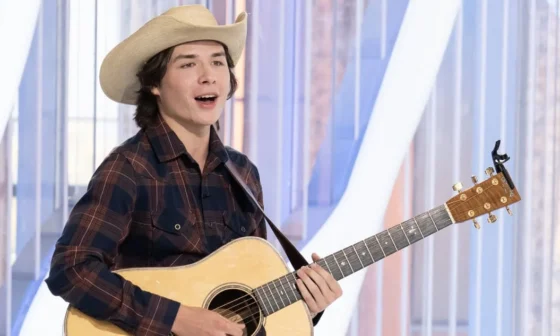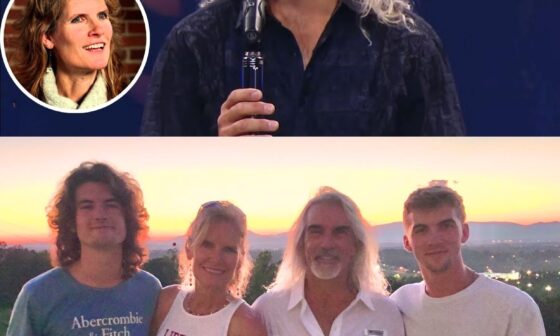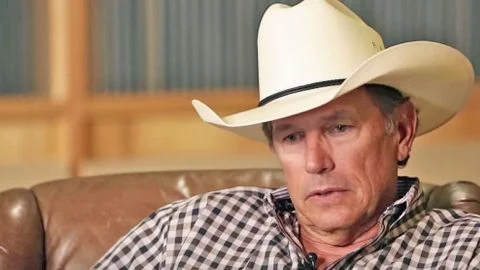The ocean mist was heavy that afternoon in Asbury Park — the kind that blurs the horizon and softens time, turning old stories into something tangible. Bruce Springsteen, in a faded denim jacket and worn boots, stood before a weathered bench overlooking the Atlantic. Two legends followed close behind: Paul McCartney and Bob Dylan.
“This is it,” Bruce said quietly, patting the slats of wood. “Right here’s where I wrote Born to Run. Sand in my shoes. No money in my pocket.”
They sat together, three giants in stillness, staring out at the restless sea. Each held a fish sandwich wrapped in wax paper — Bruce’s idea. “Boardwalk tradition,” he’d told them.
Bob was the first to speak. “Newport,” he muttered through a bite. “I still hear the boos. Never the cheers — those fade. But the boos… they stay with you.”
Paul chuckled softly. “You plugged in and lit the world on fire. We needed that.”
Bob shrugged. “I needed it too. If I hadn’t, I’d have drifted out with the tide.”
Silence fell again, broken only by gulls screeching like distant harmonicas overhead.
Then Paul leaned back, eyes bright with memory. “Lennon laughed at me once. First time ever. 1957, church hall in Liverpool. I was playing with a busted string. Thought I blew it. But he just laughed — like it was the best joke in England.” He paused, smiling. “That laugh was the real beginning of the Beatles.”

Bruce looked down at his hands. “I almost quit in ’82,” he admitted. “Tunnel of Love wasn’t born yet. I felt empty. Disconnected. I’d stare in the mirror and ask myself: ‘Is this it?’”
Bob glanced at him. “And yet here you are.”
Bruce nodded. “Because one night I picked up the guitar again… and it answered.”
The wind stirred. A family strolled by, the father slowing, recognizing them — but choosing not to intrude.
For a while, the three sat in silence. The waves spoke in rhythms only musicians could hear. The old boardwalk creaked behind them. Time passed, but didn’t let go.
Bruce reached into his pocket and pulled out a tiny knife — one with a pencil sharpener blade. “You ever sign something,” he asked, “not for anyone else… just so a part of you stays behind?”
He handed it to Dylan.

Without a word, Bob carved into the wood: Robert. Paul followed: Paul M. Bruce added the last: Bruce.
They stood. Took one last look at the sea. And walked away without a word, leaving behind only names and memory.
Two months later, city workers arrived. An unsigned letter had quietly requested a glass canopy be placed over the bench. When they came, they found the carvings.
“Are these real?” someone whispered.
“They were here together?” another asked.
No one had photos. No one had proof. Just the marks in the wood — and a feeling.
The town responded.
A plaque was placed beneath the new canopy:
“For the Words That Never Left.”
And people came.
Songwriters brought notebooks and sat near the bench. Fans laid down vinyl records like offerings. Children ran past, unaware of the moment’s weight — but somehow feeling it anyway.
Some say that on foggy mornings, if you sit still and listen, you might hear it: a distant hum behind the waves — a guitar, a harmonica, a soft Liverpool accent telling stories.
Maybe that’s just legend.
But the bench is real.
And so are the names.
Etched into wood.
Still holding tight to the sea.
